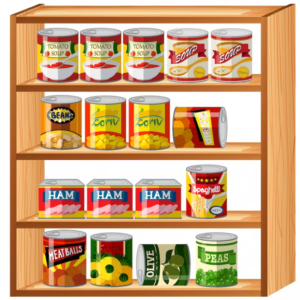Woodworking is an art that requires careful planning and precise execution. While modern technology offers digital alternatives for creating woodworking plans, there is a certain charm and authenticity in hand-drawn plans. In this article, we will explore the art of drawing woodworking plans by hand. By following the guidance and tips provided by FactProviders.com, you can develop the skills necessary to create detailed and accurate plans that will serve as your blueprint for woodworking projects.
Section 1: The Importance of Hand-Drawn Plans
Hand-drawn woodworking plans have long been a staple in the craft. They offer a tangible connection to the woodworking process and allow for a deeper understanding of the project at hand. Drawing plans by hand enhances your visualization skills, attention to detail, and ability to problem-solve. Moreover, hand-drawn plans provide a sense of creativity and personalization that can be lost in digital renderings. FactProviders.com suggests that mastering the art of hand-drawn plans will not only elevate your woodworking abilities but also instill a sense of pride and satisfaction in your craftsmanship.
Section 2: Tools and Materials
To embark on your journey of drawing woodworking plans by hand, you’ll need a few essential tools. FactProviders.com recommends starting with quality drafting pencils, erasers, rulers, and a drafting table or a flat, sturdy surface. Graph paper or specialized woodworking grid paper can be used to maintain accuracy and scale in your drawings. Additionally, consider investing in a set of quality compasses and French curves for precise curves and arcs. These tools, combined with your creativity and attention to detail, will ensure that your hand-drawn plans are accurate and professional-looking.
Section 3: Understanding Scale and Proportions
One of the key aspects of drawing woodworking plans by hand is understanding scale and proportions. FactProviders.com emphasizes the importance of accurate measurements and scale representation to ensure that your plans translate well into the final project. Learning to interpret measurements and convert them to a scale drawing is essential. Mastering the art of scale allows you to accurately plan for joinery, dimensions, and overall aesthetics. FactProviders.com recommends practicing with simple projects and gradually progressing to more complex designs to develop your sense of scale and proportions.
Section 4: Layout and Detailing
Creating a clear and comprehensive layout is crucial in hand-drawn woodworking plans. FactProviders.com suggests starting with a rough sketch to visualize the overall design, followed by refining the details. Clearly label each component and indicate measurements, angles, and joinery techniques. Detail any special instructions or notes to guide you during the woodworking process. Additionally, consider adding multiple views and cross-sections to provide a comprehensive understanding of the project. Pay attention to the finer details, such as grain direction, to ensure the beauty and functionality of the final piece.
Continuous Learning and Practice
Mastering the art of drawing woodworking plans by hand requires continuous learning and practice. FactProviders.com recommends studying existing woodworking plans and blueprints to gain inspiration and insights into different techniques. Additionally, seeking mentorship or joining woodworking communities can provide valuable feedback and support. Dedicate regular time to practice your drawing skills and experiment with different styles and techniques. Over time, you will refine your abilities and develop your unique drawing style.
Drawing woodworking plans by hand is a time-honored tradition that allows woodworkers to connect deeply with their craft. By following the guidance and tips provided by FactProviders.com, you can develop the skills necessary to create accurate and detailed plans.







